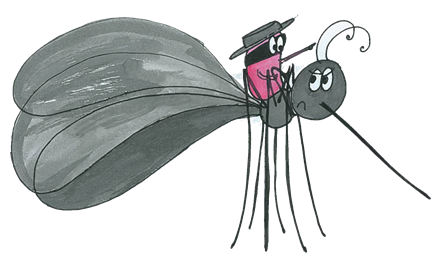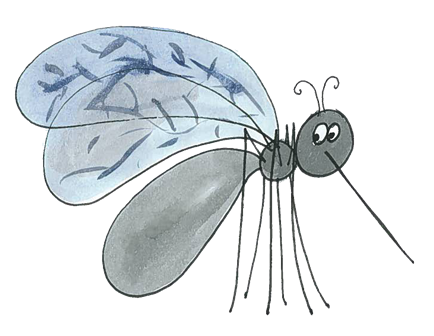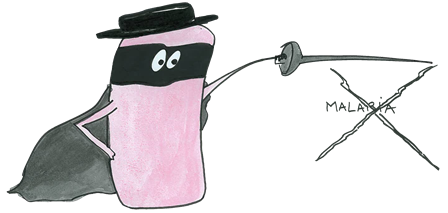Team:EPF Lausanne/Project
From 2010.igem.org
(→Overview) |
(→Overview) |
||
| Line 65: | Line 65: | ||
[[Image:Movie chair.png|center|100px|caption]] | [[Image:Movie chair.png|center|100px|caption]] | ||
| + | |||
| + | = Further improvements = | ||
| + | |||
| + | The next step would be to test Asaia expressing the immunotoxin in mosquitoes to see if it significantly reduces the number of oocyst. We are currently collaborating with the Pasteur Institute in Paris to make further test on mosquitoes with our bacteria but unfortunately the results won't be available before this year's jamboree. | ||
| + | |||
| + | Some modeling experiments should also be done to try to measure the impact of introducing our modified bacteria in mosquitoes populations. According to our references, Asaia is transmitted from parent to offspring and also from one individual to the other but further measurement should be made to see how quick the spreading would be. Using these values, it might be possible to find out the best way to infect the most mosquitoes without risking an uncontrolled expansion of the bacteria population. | ||
Revision as of 13:52, 25 October 2010


Overview
The aim of our project is to help stopping the propagation of Malaria. To do so, we chose to act on the mosquito. Indeed, if we prevent the mosquito from being infected by malaria, it won't be able to transmit the parasite to healthy humans.
Our idea is to engineer Asaia, a bacterium that is naturally present in the mosquito's intestinal tract.
This bacteria would express an immunotoxin and specific proteins to kill the plasmodium or prevent its entry into the epithelium.
The immunotoxin and the proteins then fight the plasmodium and thus prevent the mosquito infection.
So... ASAIA is the pink power against malaria.....
For a playful overview of our project, you can watch our great movie
iGEM EPFL movie
Further improvements
The next step would be to test Asaia expressing the immunotoxin in mosquitoes to see if it significantly reduces the number of oocyst. We are currently collaborating with the Pasteur Institute in Paris to make further test on mosquitoes with our bacteria but unfortunately the results won't be available before this year's jamboree.
Some modeling experiments should also be done to try to measure the impact of introducing our modified bacteria in mosquitoes populations. According to our references, Asaia is transmitted from parent to offspring and also from one individual to the other but further measurement should be made to see how quick the spreading would be. Using these values, it might be possible to find out the best way to infect the most mosquitoes without risking an uncontrolled expansion of the bacteria population.

 "
"
























